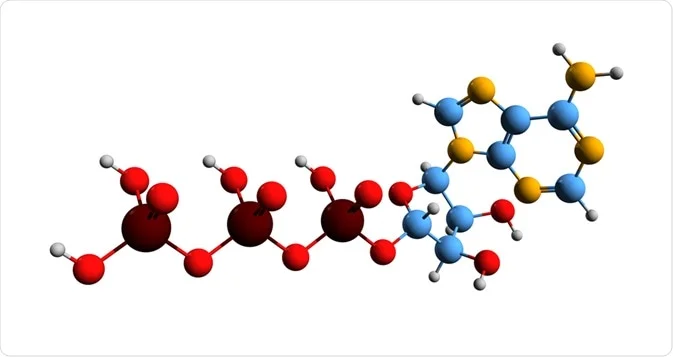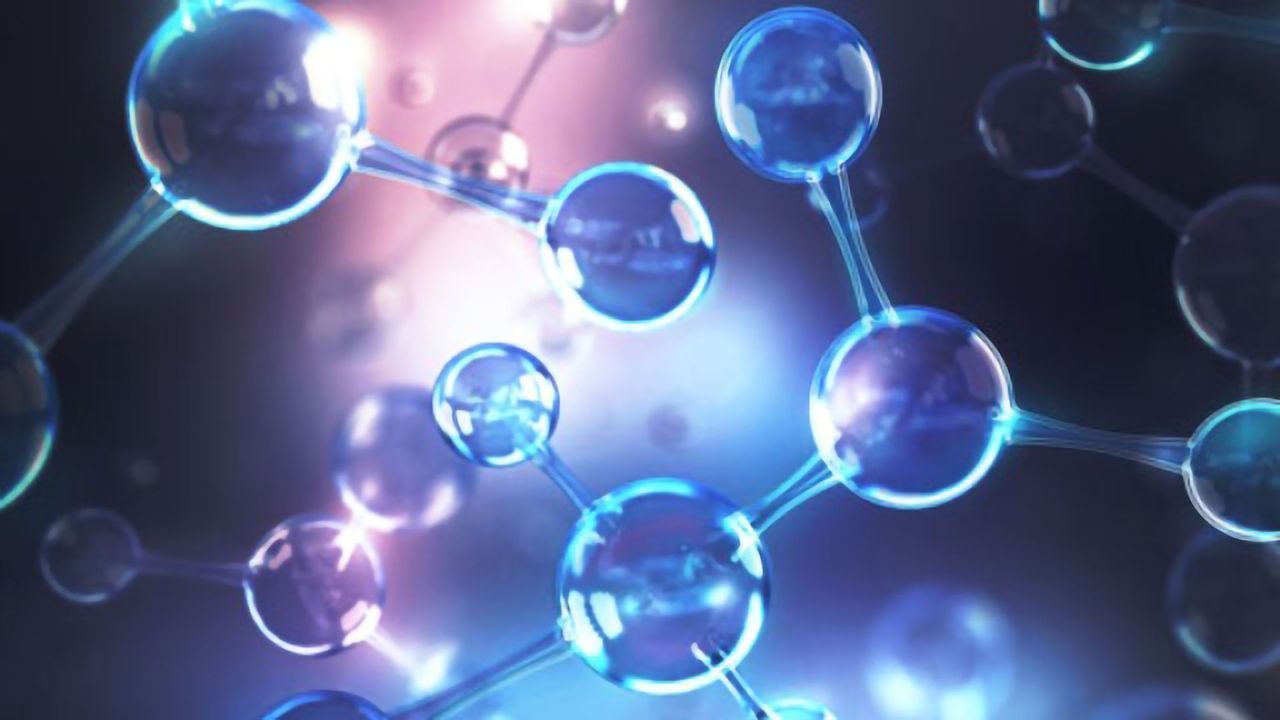

Synthesis of molecules
A chemical synthesis usually involves the breaking of existing bonds and the formation of new ones. Synthesis of a complex molecule may involve a considerable number of individual reactions leading in sequence from available starting materials to the desired end product. Each step usually involves reaction at only one chemical bond in the molecule.
In planning the route of chemical synthesis, chemists usually visualize the end product and work backward toward increasingly simpler compounds. For many compounds, it is possible to establish alternative synthetic routes. The ones actually used depend on many factors, such as cost and availability of starting materials, the amount of energy needed to make the reaction proceed at a satisfactory rate, and the cost of separating and purifying the end products. Moreover, knowledge of the reaction mechanism and the function of the chemical structure (or behavior of the functional groups) helps to accurately determine the most-favored pathway that leads to the desired reaction product.
A goal in planning a chemical synthesis is to find reactions that will affect only one part of the molecule, leaving other parts unchanged. Another goal is to produce high yields of the desired product in as short a time as possible. Often, reactions in a synthesis compete, reducing the yield of a desired product. Competition can also lead to the formation of side products which can be difficult to separate from the main one. In some industrial syntheses, by-product formation can be welcome if the by-products are commercially useful. Diethyl ether, for example, is a by-product of the large-scale synthesis of ethanol (ethyl alcohol) from ethylene. Both the alcohol and ether are valuable and can be separated easily.
The reactions involved in chemical syntheses usually, but not always, involve at least two different substances. Some molecules will change into others solely under the effect of heat, for example, while others react on exposure to radiation (e.g., ultraviolet light) or to electric current. However, where two or more different substances interact, they need to be brought into close proximity with one another. This is usually done by carrying out the syntheses with the elements or compounds in their liquid or gaseous states. Where the reactants are in volatile solids, reaction is often carried out in solution.
The rate of a chemical reaction generally increases with temperature; chemical syntheses are thus often carried out at elevated temperatures. The industrial synthesis of nitric acid from ammonia and oxygen, for instance, is carried out at about 900 °C (1,650 °F). Frequently, heating will increase the rate of a reaction insufficiently or the instability of one or more reactants prevents application. In such cases catalysts—substances that speed up or slow down a reaction—are used. Most industrial processes involve the use of catalysts.
Some substances react so rapidly and violently that only careful control of the conditions will lead to the desired product. When ethylene gas is synthesized to polyethylene, one of the most common plastics, a
large amount of heat is released. If this release is not controlled in some way—e.g., by cooling the reactor vessel—the ethylene molecules decompose to carbon and hydrogen.
Many techniques have been developed to separate the products of chemical synthesis. These often involve a phase change. For example, the product of a synthetic reaction may not dissolve in a particular solvent, while the starting materials do. In this case, the product will precipitate out as a solid and can be separated from the mixture by filtration. Alternatively, if both starting materials and products are volatile, it may be possible to separate them by distillation.
Certain chemical syntheses lend themselves readily to the use of automated techniques. Automatic DNA (deoxyribonucleic acid) synthesizers, for example, are widely used to produce specific protein sequences.


